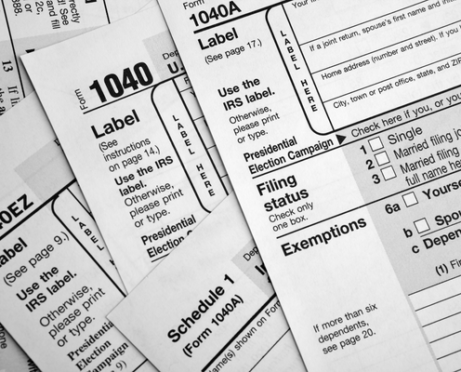
 Sometimes, just as people are making progress to improve their finances one small step at a time, something happens to set them back. For some people in today’s difficult economic climate, that setback is a furlough.
Sometimes, just as people are making progress to improve their finances one small step at a time, something happens to set them back. For some people in today’s difficult economic climate, that setback is a furlough.
Furloughs (also known as “temporary layoffs”) have been in the news a lot lately and are being used by both public and private sector employers.
In some cases, furloughs are voluntary and employers ask for volunteers to take unpaid leave in exchange for more time off. In most cases, however, furloughs are mandatory and every worker is told to work less, and therefore, earn less.
If you are facing a furlough, you need a plan for both the income loss and how you’ll use the unpaid time. Consider the following suggestions:
1. Start Calculating
Start by figuring out what you earn in a day.
For example, if you earn a $40,000 gross income (i.e., your salary before taxes), divide this number by 260 (the average number of workdays in a year).
The result ($154) is your gross daily pay. Then multiply this number by your federal marginal tax rate for your tax filing status and subtract it from the gross daily pay to determine your daily after-tax (net) pay.
For example, subtract the product of $154 and 22 percent ($34) from $154 to get $120. This is a rough estimate of income lost for each furlough day. If you’re furloughed for 20 unpaid days, you will lose approximately $2,400.
It will actually be somewhat less than that once FICA, state income tax, unemployment, and/or disability taxes on lost income are also subtracted.
2. Seek Information
Find out when and how your pay will be reduced and the procedures that your employer has established for taking time off. This will affect your financial and time-use plans.
Some employers are giving workers a choice of days off while others are mandating specific time periods.
Many employers are developing furlough policies for the first time, and workers will need to learn the rules as they are developed.
3. Save a Surplus
If you have enough advance notice about an upcoming furlough, try to gradually save up the amount of money that you will lose (e.g., six days worth of after-tax pay) by reducing expenses.
Put this money in a money market fund or short-term CD until it is needed.
Then draw from this savings as a replacement for lost income.
If there is not enough time to do this, consider earmarking a portion of each “full” future paycheck to supplement each “lean” one. Any amount saved is better than none.
4. Spend Less
Try to reduce monthly expenses by the amount of lost monthly income. Start with variable expenses (e.g., food, clothing, and entertainment) and make cuts there. Track your spending for an entire month to identify expenses that can be reduced during the furlough period.
5. Suspend Voluntary Deductions
If you cannot close the gap between your reduced income and household expenses entirely through spending reductions alone, consider temporarily suspending (or reducing) voluntary payroll deductions, such as charitable donations and retirement savings plan contributions, until the furlough period ends.
Contact your employer’s HR department to complete the necessary paperwork.
6. Seek Self-Employment
If you already “moonlight” in addition to the “day job” from which you are being furloughed, try to ramp up your side hustle to recoup the income being lost with earnings from self-employment.
The furlough days will give you extra time to take on additional work assignments. If you don’t currently do work on the side, consider doing so on the unpaid days off if opportunities are available.
7. Savor the Time
Granted, a furlough is not something most workers would choose. Nevertheless, it does provide something valuable that many Americans have in short supply: time.
Resist the urge to work or check business emails on furlough days. Instead spend the unpaid time doing enjoyable or necessary activities. Ideas include virtual get-togethers with family and friends, taking an online adult education class, walking or other physical activity, watching a movie, and home maintenance and repairs.




